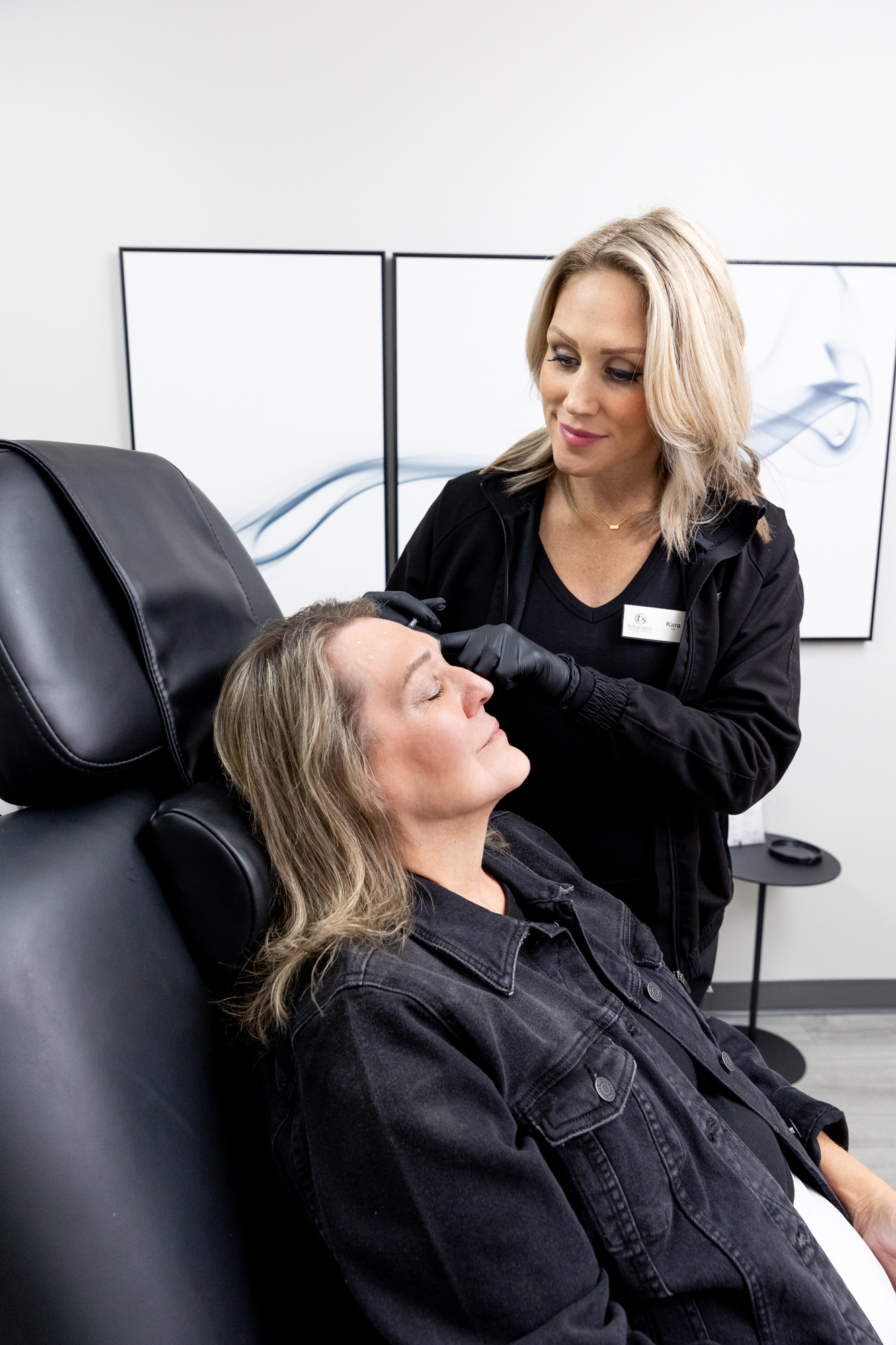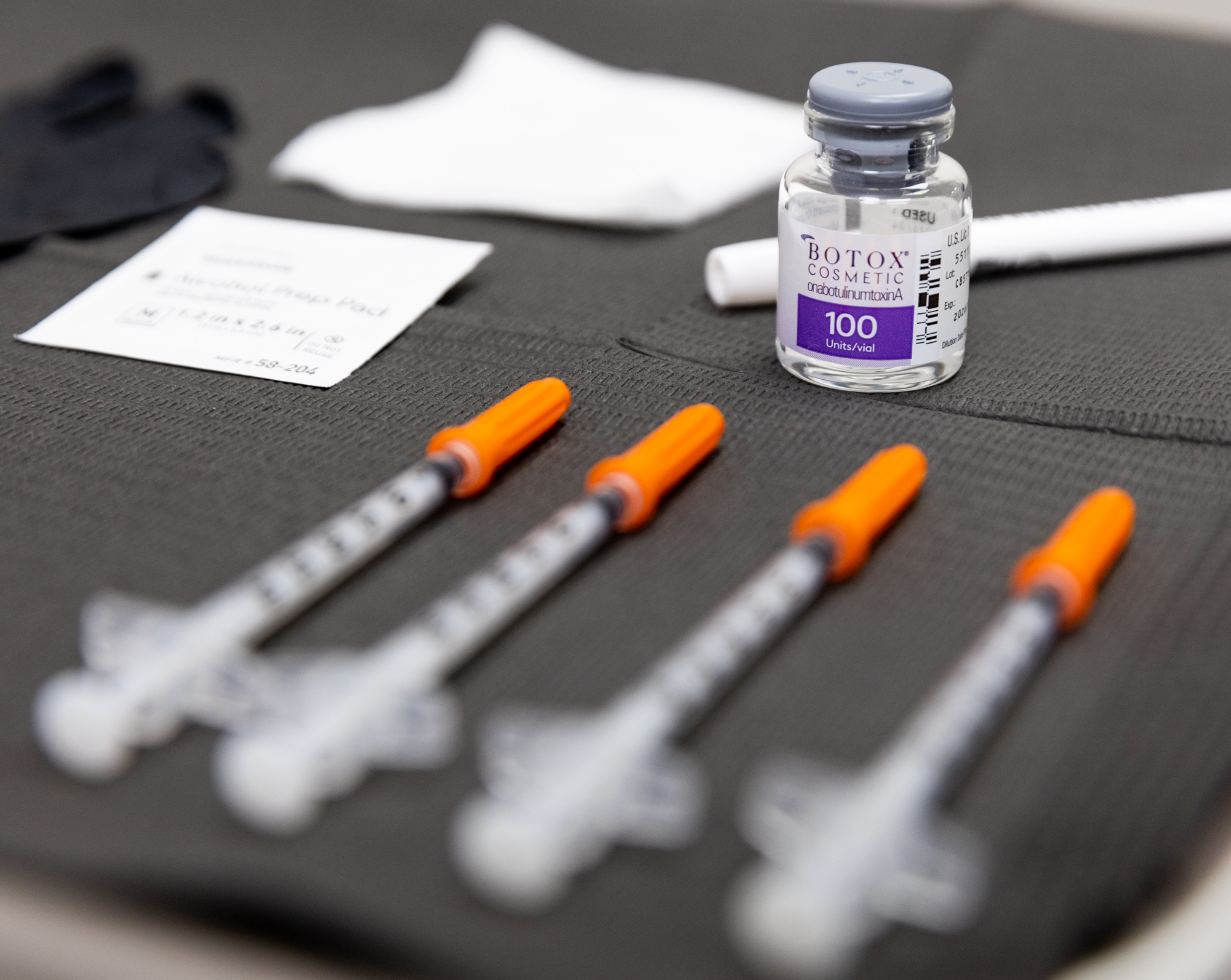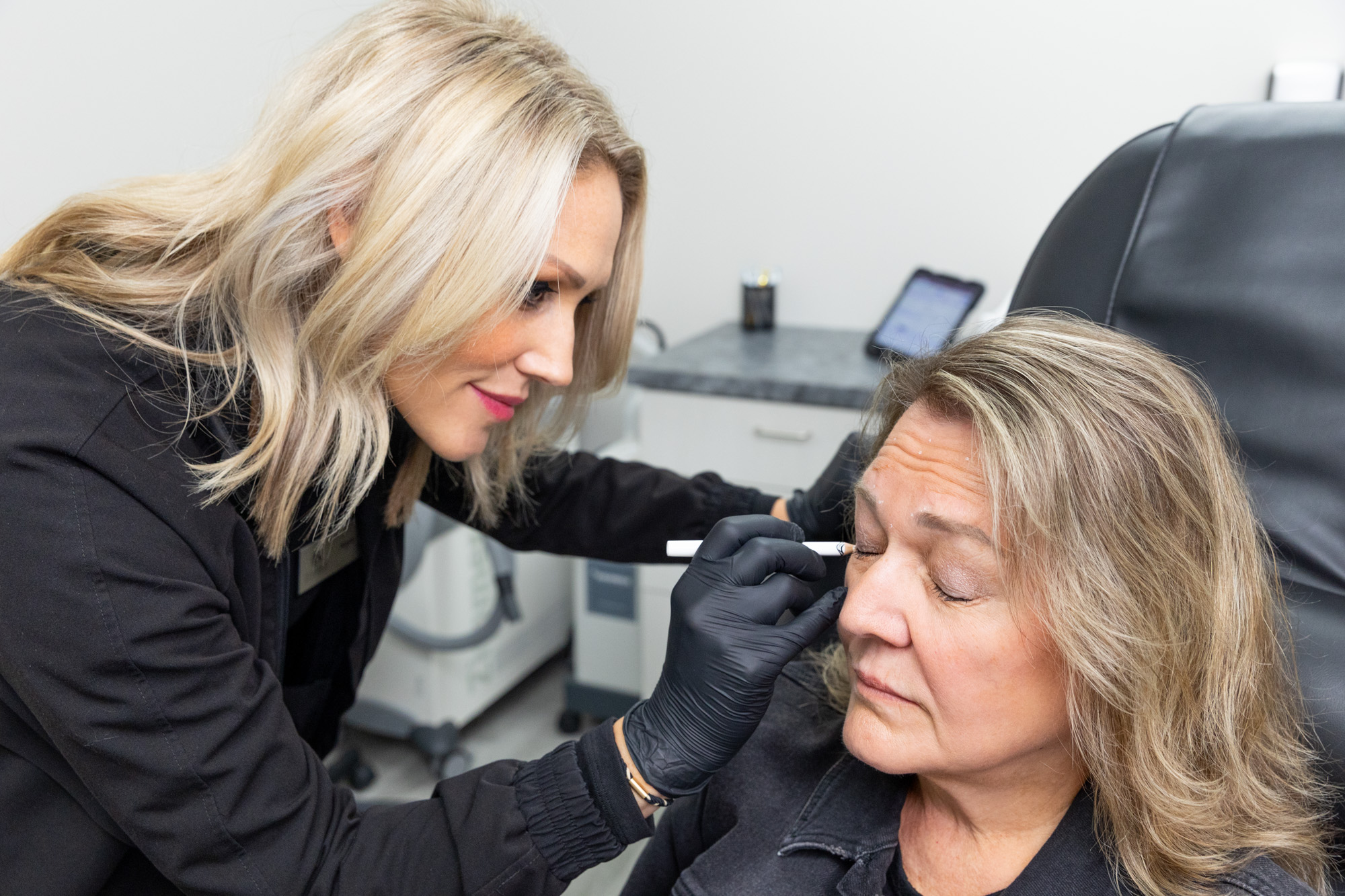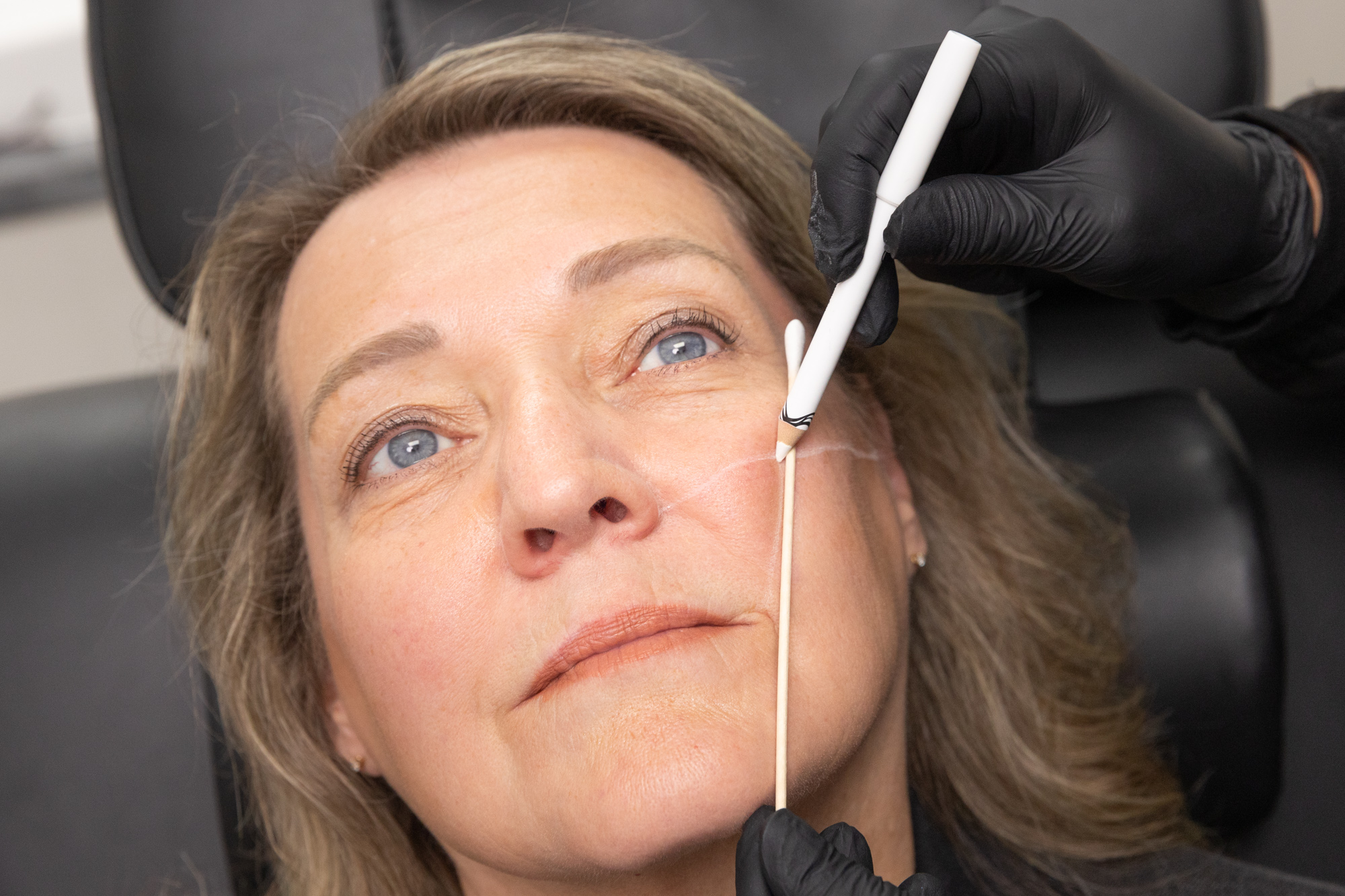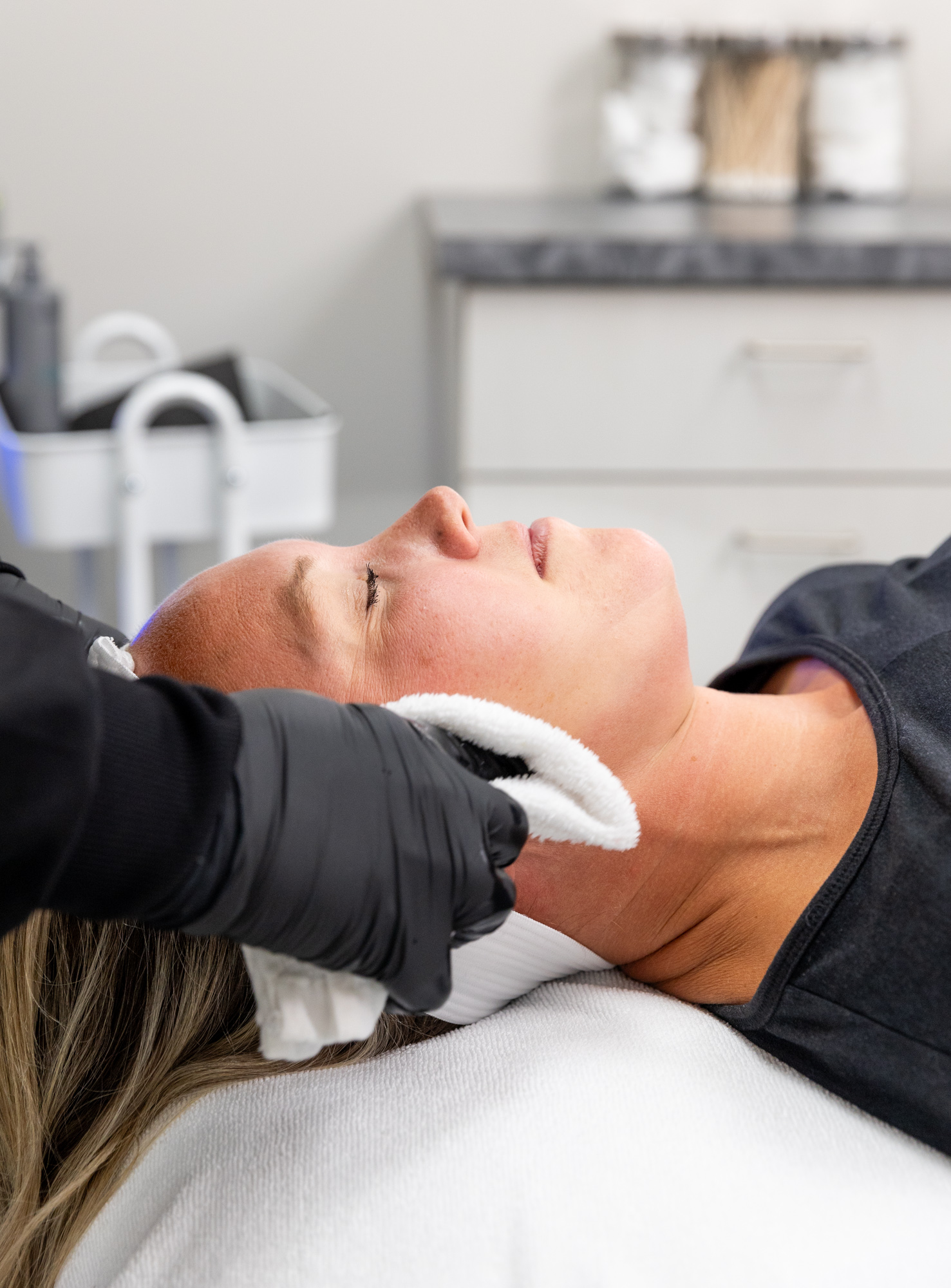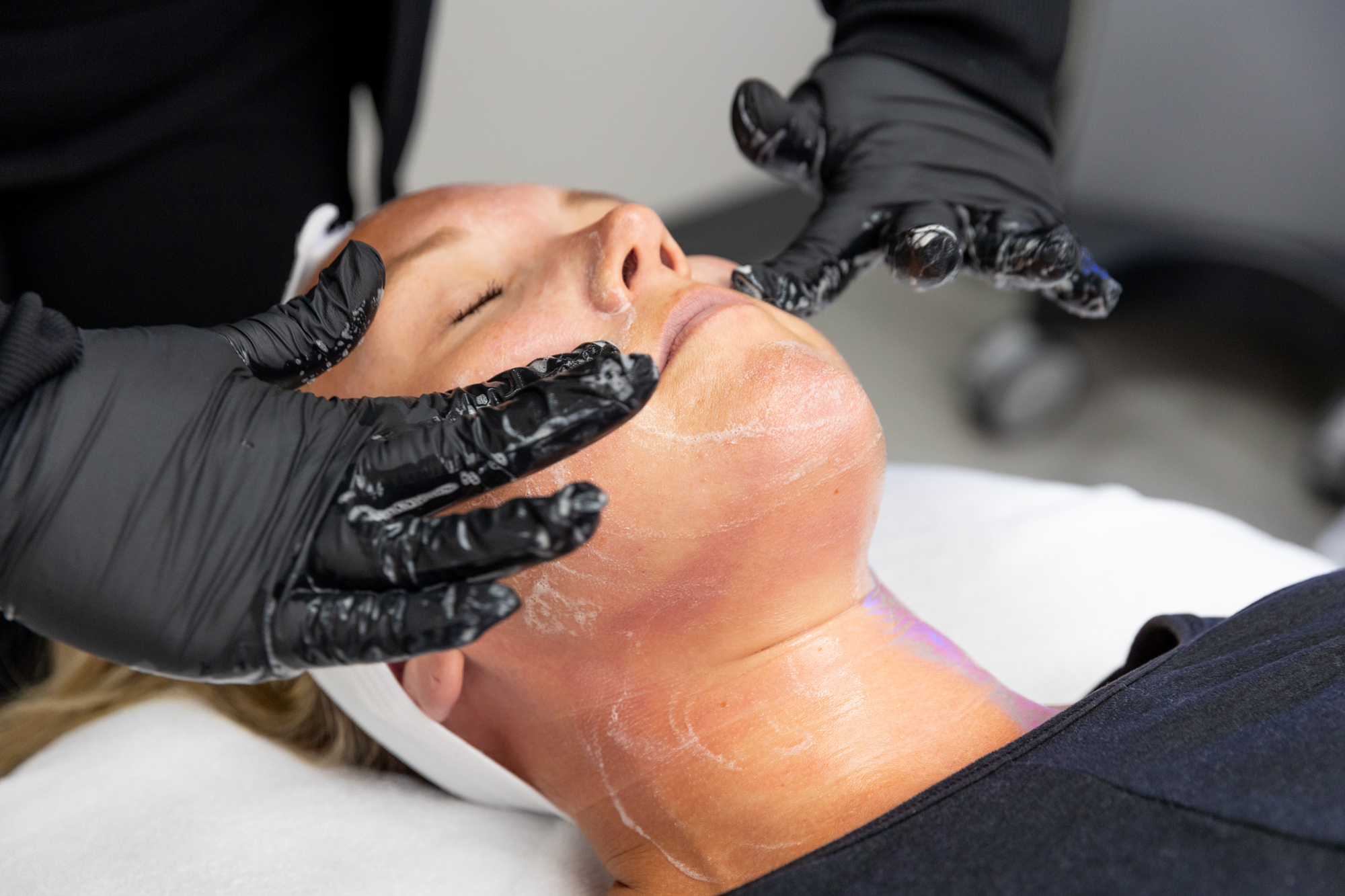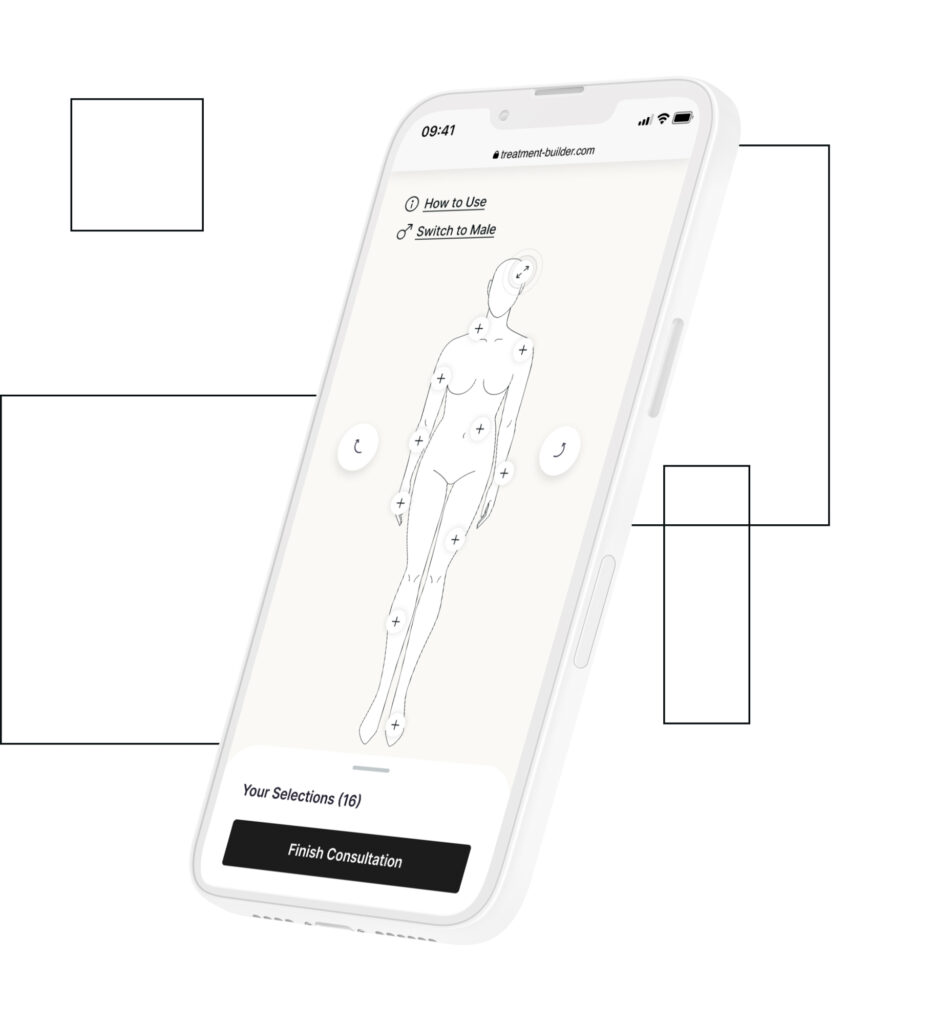After receiving Botox injections, it’s normal to experience some swelling and bruising. These should resolve on their own shortly. You can minimize the potential for these side effects by avoiding alcohol, blood thinners, and anti-inflammatory medications before your treatment.
-
Consultation Required?
Yes
-
Treatment Type:
Injectable
-
Treatment Length:
15 minutes
-
Number of Treatments Needed:
1
-
Downtime:
24 hours
-
Results Duration:
3 to 4 months
1
During your consultation, we will ask you about your concerns and desired results, examine your skin, and then tailor your treatment plan to your unique lifestyle and goals.
2
Your expert provider will clean your skin and carefully map out the injections according to your individualized treatment plan. Placing injections takes only about 15 minutes, so you can get right back to your normal routine!
3
You can expect to see results over the next 2 weeks as your muscles relax and the wrinkles start to fade away. You’ll enjoy your smoother skin for the next 3 to 4 months!
Our Approach at Total Skin
During your consultation, we want to get to know you. You’re not just another face to us—we’re invested in your complete well-being. We will personalize your Botox treatment plan to help you achieve your specific aesthetic goals.
What Botox Treats
Botox uses a highly purified form of botulinum toxin, which blocks nerve signals between your brain and muscles, allowing your muscles to relax and wrinkles to smooth away. We use Botox to effectively treat a variety of facial areas, including:
-
Forehead lines
-
Brow lines
-
Mouth lines
-
Chin lines
-
Neck lines
-
Crow’s Feet
-
Masseters (Jawline)
Care Instructions
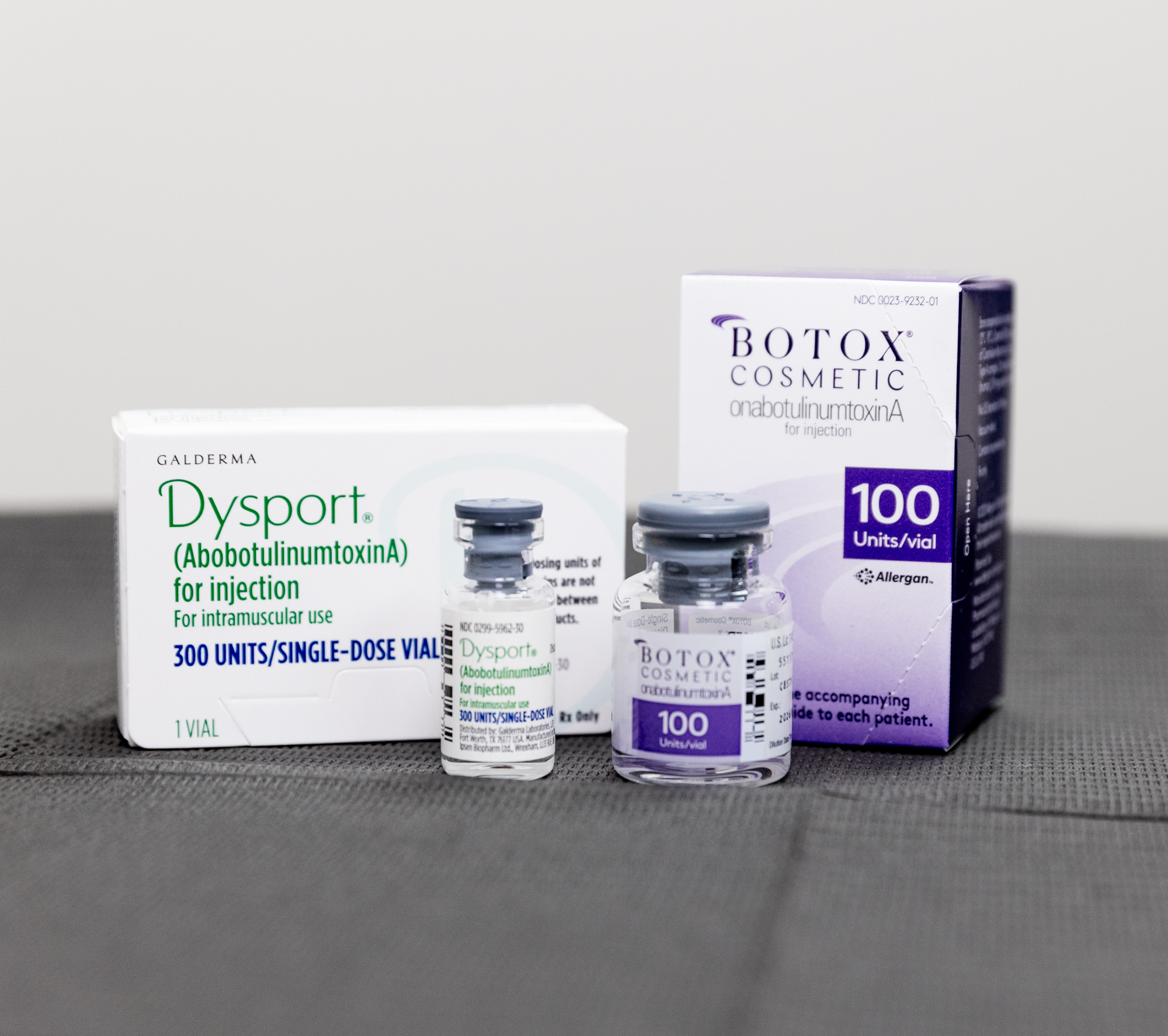

Still have questions?
For best results, we typically recommend having injections every 3 months. Botox results typically last 3 to 4 months, so having injections every 3 months means you can enjoy wrinkle-free skin for longer.
You may want both! Botox and filler are powerful anti-aging tools, and depending on your concerns, we may recommend both of them to help you achieve your aesthetic goals. Filler can restore facial volume to reduce the appearance of wrinkles and facial folds, while Botox smooths out wrinkles by relaxing the muscles that cause them.
Your provider at Total Skin can help you decide whether Botox or fillers—or both—are the best option for you!
